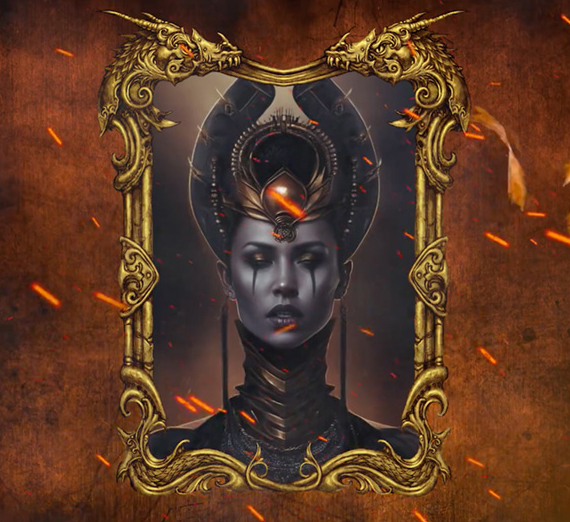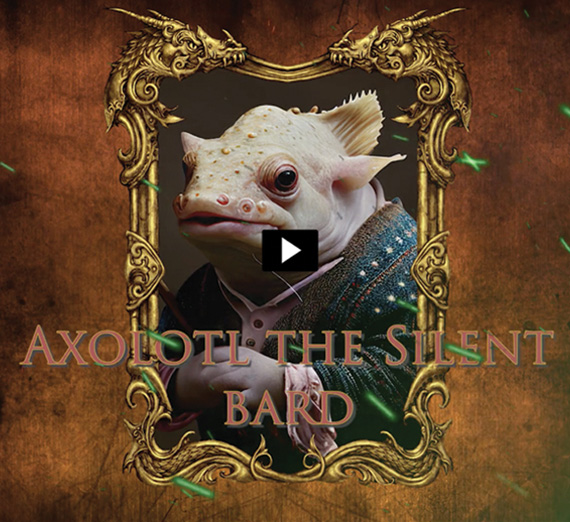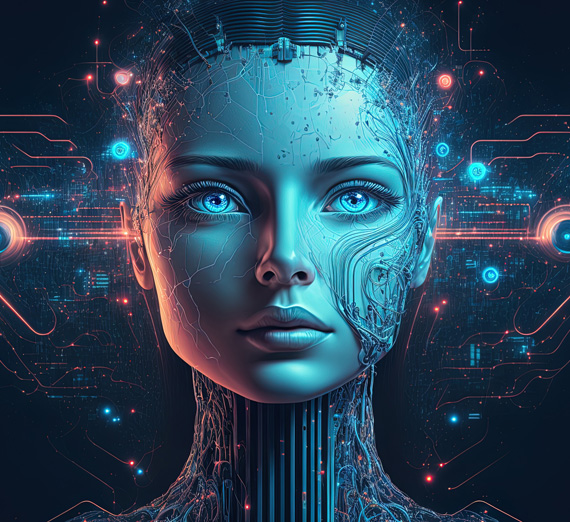Rudolph – A Parable of Diversity in Education?

The story of Rudolph is full of misfit characters – individuals that do not seem to belong with their peer groups for one reason or another - Yukon Cornelius the loner prospector, the strange toys on the island of misfit toys, and the Bumble who has no place in civilized society. All of these are relatively minor characters, but the major theme of the story cannot be overlooked. Add to these the central characters of Hermey the elf who wanted to be a dentist, and Rudolf, the flying reindeer with the bioluminescent nose, and the underlying theme of the Rankin and Bass holiday classic Rudolph the Red-Nosed Reindeer becomes a useful gateway to examining the role of diversity in education. I am referring not only to racial or ethnic diversity, but also to socio-economic diversity, and diversity of perspectives and opinion deriving from any number of other differences.
The two central instances of educational diversity in the story are, of course, Hermey the elf’s insistence that he wants to be a dentist rather than a toy making, jolly, singing elf like all the other elves, and Rudolph’s training as one of Santa’s flying reindeer and his eventual exclusion from those activities on the grounds of being different from the other reindeer.
The Elf Who Wanted to be a Dentist
In the case of Hermey the elf, his rebellion from the norm occurs during his formal education as one of Santa’s helpers. The other elves happily and largely without personality, make toys, sing Christmas songs, and do other elfy things, without any complaint or even idea that there is any possibility beyond what they have always known. Hermey is different from his fellow elves. He looks different, talks differently, and, most significantly, wants to be different. Hermey is not happy making toys and singing Christmas songs – he wants to pursue an alternative educational path and become a dentist.
There is never any indication in the story why he wants to be a dentist. It seems to be an inherent desire to help others by providing a valuable service that is not available in elf society. When this misfit elf expresses his desire to deviate from the norm, he is treated with scorn, contempt, ridicule, and ultimately ostracized from elf society. From our perspective, his ambition does not seem strange, but from within the constraints of elven society, he is a freak - Much like his pal Rudolph.
When is a Nose Not a Nose?
With his shining nose obscured by a dollop of mud, Rudolph joins the other young reindeer in the formal education which will lead to becoming one of Santa’s team. From the outset Rudolph exhibits a remarkable proficiency with flying that is far beyond that of his peers. After Clarice tells him he is cute, he leaps high into the air and flies around with great ease and agility. Unlike Hermey, Rudolph is a perfect fit for the job he is training for, except for the visual difference that is revealed when the mud falls off of his nose. At that point, despite meeting or exceeding all of the other requirements for being a flying reindeer, Rudolph is ostracized from the reindeer games and leaves Christmas land in shame.
What forces are at play here? While one “exile” is imposed by the character’s (Hermey) desire to be different, and the other’s (Rudolph) is imposed on him because of his physical difference, both have the same result and derive from the same source – society’s and education’s inability to accept difference. This failure to accept difference nearly proves catastrophic in the film.
Saving Santa and Saving Christmas (Spoiler Alert!)
In the story of Rudolph and Hermey, their differences from their peers ultimately play a significant role in resolving the conflict in the story. The resolution of the tale comes in two parts, with each of these main characters contributing to saving Christmas in a significant way.
Hermey uses his dentistry skills to tame the Bumble – removing the infected tooth that makes him so ornery. This serves two purposes; it literally saves the lives of those in Christmas town and solves the problem of placing the star atop Santa’s giant tree.
In Rudolph’s case, his difference actually saves Christmas itself for all of the children in the world eagerly awaiting Santa. There is a tremendous fog which is threatening to cancel the holiday because the reindeer will not be able to navigate and bring Santa to deliver presents. Rudolph becomes the lead reindeer of Santa’s team and his shining nose pierces the fog and allows Christmas to happen.
The differences in these two characters from their peers ultimately yield new and valuable functions within their society which benefit everyone. The moral of the story is that diversity saves the day.
Difference in the Classroom
The main lesson to learn from this parable of educational difference is that, more than content, educational expectations, or conformity, diversity should be supported and cultivated in the classroom. We currently have an educational system and a society in general, which largely shuns diversity and difference in favor of conformity and uniformity. Some of this is due to the need to shuttle large numbers of students through the system in a timely and orderly fashion. You cannot truly embrace diversity if everyone is expected to conform to the limited set of options available.
How can these obstacles be overcome in education?
One way to immediately support all forms of diversity in education is to embrace online learning. Virtual education can be a powerful vehicle for embracing difference for several reasons:
- Anonymity – To a very real extent, taking a class mediated by technology removes many of the cues that indicate difference that are evident in person. Anyone, from any background and for any reason, can enroll in online education. It is possible to overcome the social barriers to diversity through the anonymity of the virtual classroom.
- Affordability – Socio-economic issues also work to limit diversity in education. The (often) lower cost or even free options available online can open up educational access to a new group of learners who can lend their life experiences and perspective to the overall pool of knowledge.
- Range – With initiatives such as digital badges and other informal learning options there is an ever increasing range of content and avenues for learning available that can appeal to a broader range of students. There is now, more than ever before, educational alternatives and specific content to appeal to and support the maximum range of prospective learners.
While these characteristics of online learning are an excellent starting place for improving diversity in the classroom, further steps are necessary, including making education more affordable in general and allowing for the inclusion of non-traditional learning in the credentialing process. If we can make our education system more accepting of diversity we might find the sleigh of higher learning guided more smoothly through the fog of our current economic crisis.
- Academics
- Arts & Culture
- Diversity & Inclusion
- School of Leadership Studies
- Online Programs
- School of Education




